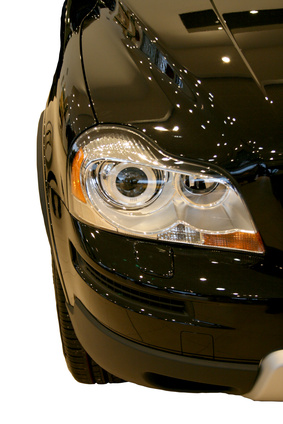
When driving at night, motorist safety is completely dependent on the amount of light produced by the vehicle's headlights. In conditions where visibility is limited, the advantage of high intensity discharge (HID) headlamps can mean the difference between avoiding an accident or having one. Recent explosion in the popularity of HID lighting options is a result of computerized, digital HID ballasts.
Experimentation with the type of gas inside a traditional light bulb has led to significant advancements in automotive headlight brightness. The brightness of a headlamp depends on two components: the composition of the filament and the gas which fills the bulb's vacuum chamber. HID lamps were invented when xenon gas was introduced into the vacuum chamber and combined with tungsten filaments.
Traditional ballasts rely on magnetic or electronic resistance to create the conditions necessary to change the 12V DC electrical current into the high energy, highly regulated current needed to power an HID lamp. While magnetic and electronic resistance ballasts function well with lower energy discharge lighting products, the high levels of energy needed to create the illumination from an HID lamp adversely affected magnetic ballasts. The ballasts internal and surface temperature rose significantly, which affected the reliability of the ballasts. High ballast temperatures also created the possibility of ballast failure, or spontaneous ignition of surrounding materials.
Similar to the evolution which has occurred within the computer industry as massive mainframe computers were replaced with small laptops, the introduction of integrated chip (IC) technology into the HID ballast creates a ballast which operates at much lower temperatures. Lower energy loss via excessive heat means that the IC technology also regulates the energy input much more efficiently. As a result, HID digital ballasts are as much as 15 percent more efficient, meaning that the HID lamps are able to create greater visibility.